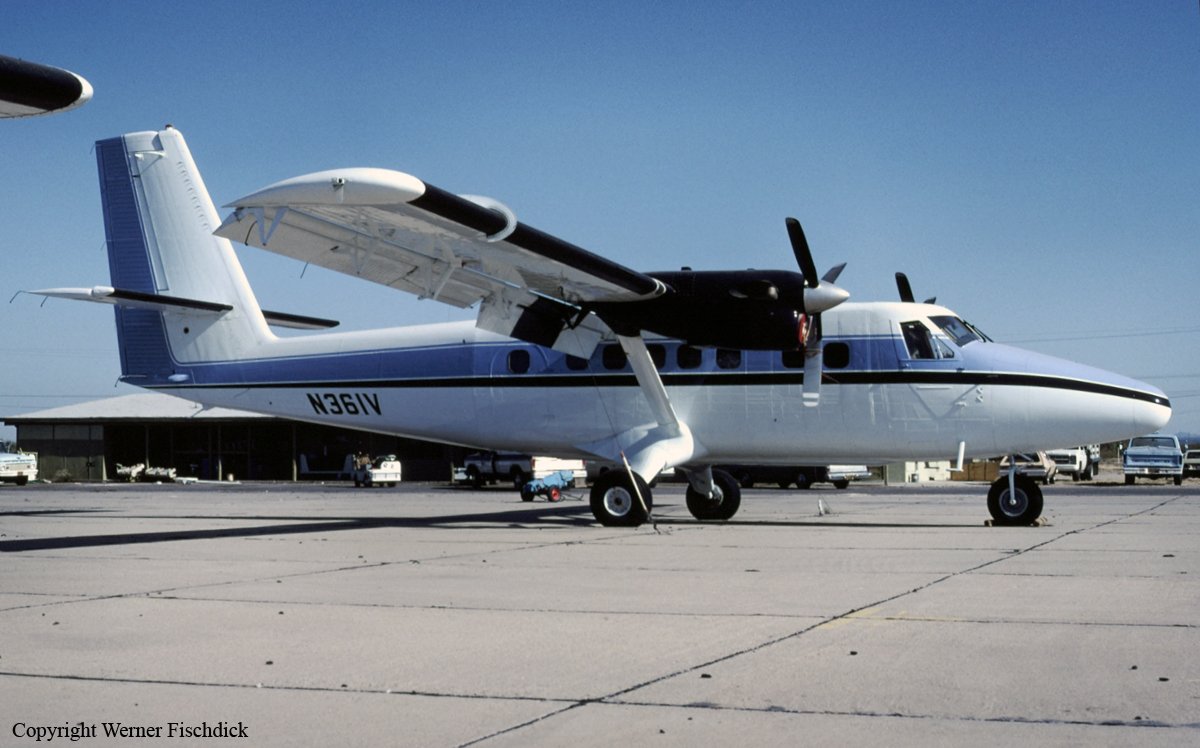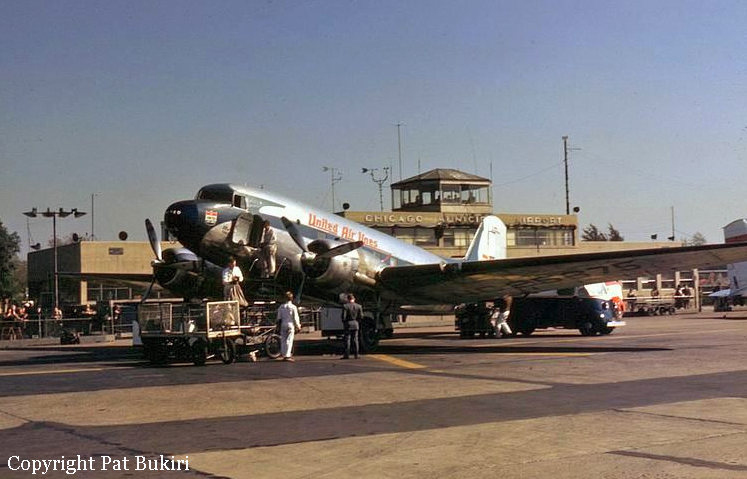Crash of a Cessna 402 in Pocatello: 1 killed
Date & Time:
May 15, 1985 at 1826 LT
Registration:
N402CS
Survivors:
No
Schedule:
Pocatello - Boise
MSN:
402A-0108
YOM:
1969
Crew on board:
1
Crew fatalities:
Pax on board:
0
Pax fatalities:
Other fatalities:
Total fatalities:
1
Captain / Total hours on type:
350.00
Circumstances:
Shortly after departure and level off, the pilot reported an engine malfunction and initiated a return to the airport. About 2 minutes later, he reported an engine fire and declared an emergency. Approximately one minute thereafter, the right wing separated from the aircraft and the plane crashed. An exam of the wreckage revealed extensive inflight fire damage in the area of separation. A 2.5 by 3 inches hole was found in the right inboard exhaust tube, pn 0850712-6. It was oriented toward the accessory compartment with numerous fuel and oil lines which were fire damaged and charred. Also, much of the engine support structure and wing spar were melted in that area. An exam of the exhaust tube revealed its walls were thin, brittle and discolored in the area of the rupture and several areas of cracks and small holes were found. The exhaust tube had 5,862 hours of total service and 1,762 hours since it was overhauled. Records showed that ad 75-23-08 had been complied with during the last inspection, 25 flight hours prior to the accident. The pilot, sole on board, was killed.
Probable cause:
Occurrence #1: airframe/component/system failure/malfunction
Phase of operation: unknown
Findings
1. (c) exhaust system, manifold/pipe - corroded
2. (c) maintenance, inspection - inadequate - company maintenance personnel
3. (f) procedure inadequate - manufacturer
4. (f) inadequate surveillance of operation - faa (organization)
5. (c) exhaust system, manifold/pipe - failure,total
6. (c) exhaust system, manifold/pipe - leak
----------
Occurrence #2: loss of engine power (partial) - mech failure/malf
Phase of operation: cruise - normal
Findings
7. Initiated - pilot in command
----------
Occurrence #3: fire
Phase of operation: descent
Findings
8. (c) miscellaneous - fire
9. Wing, spar - burned
----------
Occurrence #4: airframe/component/system failure/malfunction
Phase of operation: descent
Findings
10. (c) wing - failure, total
11. Wing - separation
----------
Occurrence #5: in flight collision with terrain/water
Phase of operation: descent - uncontrolled
Phase of operation: unknown
Findings
1. (c) exhaust system, manifold/pipe - corroded
2. (c) maintenance, inspection - inadequate - company maintenance personnel
3. (f) procedure inadequate - manufacturer
4. (f) inadequate surveillance of operation - faa (organization)
5. (c) exhaust system, manifold/pipe - failure,total
6. (c) exhaust system, manifold/pipe - leak
----------
Occurrence #2: loss of engine power (partial) - mech failure/malf
Phase of operation: cruise - normal
Findings
7. Initiated - pilot in command
----------
Occurrence #3: fire
Phase of operation: descent
Findings
8. (c) miscellaneous - fire
9. Wing, spar - burned
----------
Occurrence #4: airframe/component/system failure/malfunction
Phase of operation: descent
Findings
10. (c) wing - failure, total
11. Wing - separation
----------
Occurrence #5: in flight collision with terrain/water
Phase of operation: descent - uncontrolled
Final Report:







